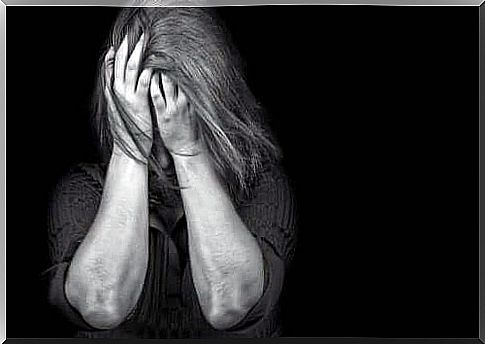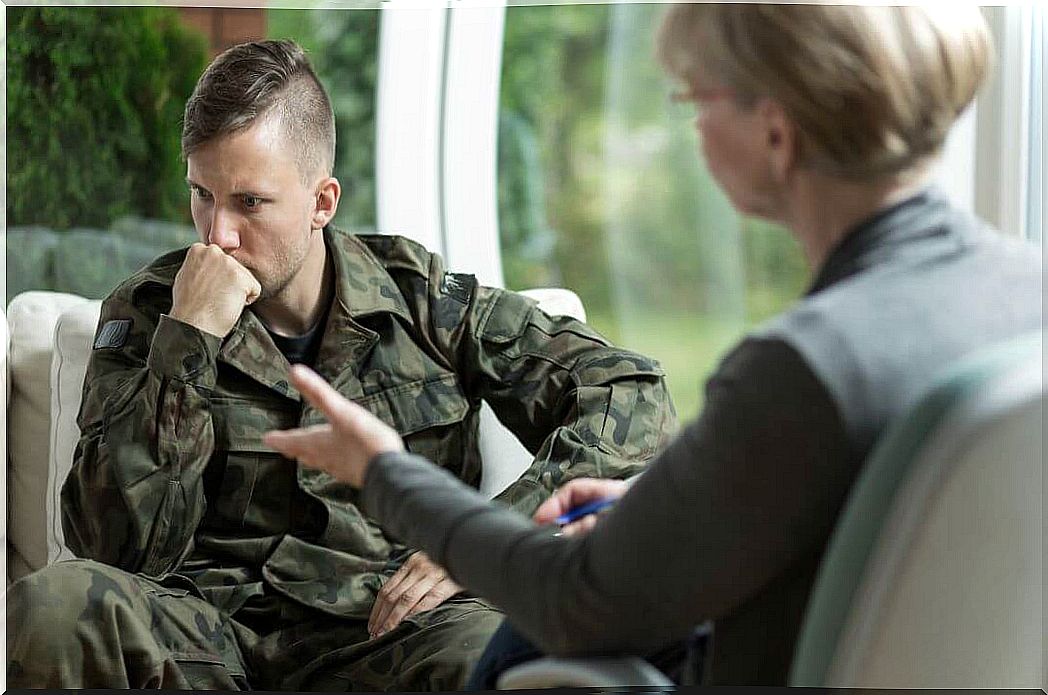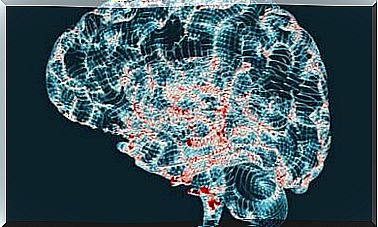Soldier Syndrome: Post-traumatic Stress Disorder

In 1980, the term post-traumatic stress disorder (PTSD) was introduced. It was the first time it was included in the American Psychiatric Association’s diagnostic classification guide (DSM-3). Until this moment, the definitions and categories of the so-called “soldier syndrome” were chaotic.
During World War I, doctors said that soldiers who experienced this disease associated with combat stress experienced “exertion syndrome.” In World War II, they began to call it “traumatic war neurosis.”
During the Vietnam War, the term went from “combat stress response” to “adult adaptation disorders” to “post-Vietnam syndrome”. After the Vietnam War, social pressure forced experts to redefine the concept. That was when the term PTSD began to be recognized as a primary diagnosis in the group of anxiety disorders. In this article, we will talk about PTSD as a soldier syndrome to place it in a military framework.

Definition and origin of soldier’s syndrome or PTSD
Everyone experiences stressful or traumatic situations during their lifetime. When the stressful circumstances are of a certain nature and intensity, they can cause an abrupt and total imbalance in the mental structures. At the same time, they block the individual’s abilities for adaptation and defense. In other words, these situations overwhelm them in every aspect and they cannot respond appropriately. As a result, traumatic stress occurs.
The causes of soldier’s syndrome or PTSD are the experiences or environmental conditions that promote trauma. PTSD develops as a consequence of exposure to traumatic stressors that threaten the individual’s mental and physical integrity in a serious way. The individual’s subjective perception of fear and their personal inability to cope with the given situation is also relevant.
Different factors determine whether someone develops PTSD or not:
- The intensity and severity of the trauma. The degree of danger that threatened the person’s life, their physical and mental health, and their identity.
- The person’s level of exposure, implication and proximity to the traumatic events.
- Repetition of traumatic situations. If an individual has to deal with a stress factor over and over again, it weakens their resilience and adaptability until they develop soldier syndrome or PTSD.
- What kind of trauma the person was exposed to.
Symptoms
Anxiety, depression, guilt and stress are some of the most common symptoms of PTSD. The most characteristic symptoms of soldier’s syndrome can be divided into four categories:
Intrusive memories: flashbacks and nightmares
It is very common to relive the traumatic event over and over again. The emotional and physical feelings can be as real as the first time. Any everyday event can trigger flashbacks, especially if they are related to the traumatic event in some way.
Avoidance
Constantly reliving a traumatic event is very distracting. People with PTSD tend to avoid people and places that remind them of what has happened and avoid talking about it. One way to deal with the pain is by simply denying their feelings and blocking everything out to avoid suffering.
Soldier Syndrome: Extreme Vigilance
People with PTSD / soldier syndrome are extremely alert. They are always on the defensive. They feel that they are constantly in danger. This is known as extreme vigilance.
Changes in cognition, mood and behavior
People with PTSD often become very negative about everything around them as well as themselves. They feel guilty and are unable to experience positive emotions and emotions. They can become aggressive or violent. In addition, they become easily irritated, careless and careless.
PTSD in the military
Some features of the military relate to or interfere with soldier’s syndrome or PTSD. These elements intensify the individual’s symptoms and can make clinical objections difficult.
- Military training. This type of exercise forces them to be hyper-vigilant, which can be very dangerous if a PTSD patient becomes violent.
- Problems with authority. This can also make it difficult for them to accept changes in authorities or accept someone who does not have what soldiers believe are “correct” experiences.
- Return home. When people in the military finally return home, they often feel a sense of abandonment, guilt and desperation. They often feel that they no longer fit into their old life. They may feel guilty for surviving the war when their friends did not.
- Brutal memories of battles. The memories of terrible situations they have experienced can haunt them.

Clinical intervention in soldier’s syndrome or PTSD
Treatment for PTSD in a military context is most effective when it begins immediately after the traumatic event. This helps reduce the stress and complications that can occur. One common technique is called “debriefing”, which helps them explore and be aware of a traumatic event shared by a group.
Another important tool is psycho-education, which helps predict symptoms. Practicing psychotherapy is also a very positive tool for preparing soldiers for what they can see in combat.
Finally, the most important thing about psychotherapy is that it is adapted to each person’s circumstances. It can be done in a group or individually, although the former is very effective if the group is homogeneous.









